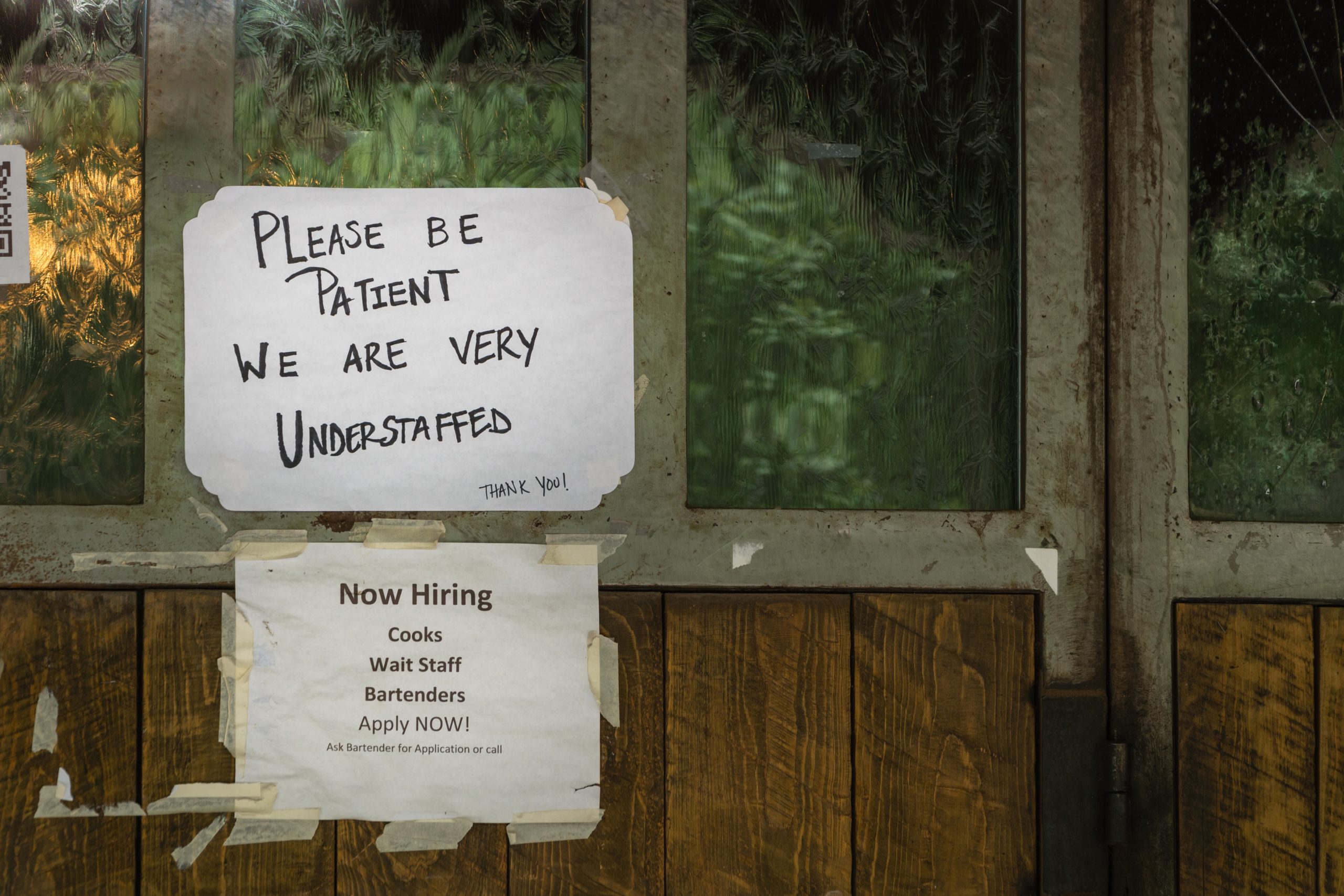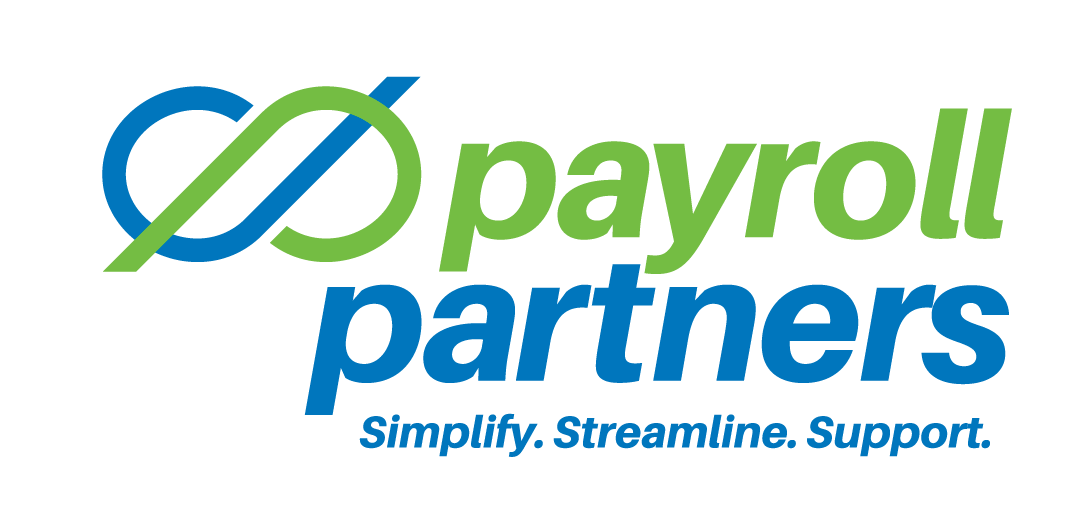
13 Jan 7 Ways To Manage the Worker Shortage
Many businesses are struggling with a worker shortage. It is happening across the board: staff shortages at our doctors’ offices, at child care centers and at the restaurants we frequent. Businesses, their employees and their customers and clients all are unhappy and trying hard to find solutions.
Here are seven things businesses can focus on to help alleviate the situation:
- Employer brand and social media reputation. Employer brand and social media monitoring go hand in hand for the purposes of worker shortages. Your reputation is the most important part of your business, but business owners often are too busy to take the time to monitor what people are saying.
From Glassdoor to Twitter, it is important to be aware of whether people are supporting your business or criticizing it. Look at what employees and customers are saying about your business’s culture and what it is like working there. Take their comments seriously, acknowledge their concerns and take any steps possible to remedy their concerns. - Job postings. If you are posting the same job ads that you did before the COVID-19 pandemic started, now is the time to review them. Have any job responsibilities changed? Some jobs experience mission creep naturally over time, and some regularly implement new technologies, like artificial intelligence, that change the nature of the task.
As you rework your job descriptions, think about including any new benefits you offer, such as a flexible work schedule or remote work.
Other items to include are efforts you are making in corporate social responsibility and diversity, equity and inclusion. - Independent contractors. While not appropriate for all positions, hiring independent contractors can be a short-term solution to a worker shortage. Sometimes the assignment is so successful that the manager extends the contractor’s engagement or hires him or her as an employee.
- Boomerang employees. Boomerang employees are employees who leave a company and later return to work for the company again. Not all former employees should be rehired. Much depends on the reason they left. Each situation is different, but there may be some excellent hires in this group.
- Look through old applicant files. Former applicants who once tried to get a job at your organization may present another opportunity. Look through the applications and reach out to the ones who may be a good fit.
- Pay and benefits. Increasing pay and offering better benefits may attract applicants. Some employers are offering a minimum of $15/hour plus bonuses. If that is not possible, be creative. Perhaps you can promise a pay increase after three or six months.
- Do not forget current employees. Your business would not exist without its employees, so be sure you are rewarding them based on their importance, especially during this critical talent shortage. For example:
- Company leaders should regularly monitor employees’ morale to gauge whether they feel overworked or unappreciated. If you’re understaffed, pay special attention to the employees who remain; they probably aren’t happy to be doing the work of a much larger team.
- Employee wellness is another area that should be addressed. For instance, employees’ stress levels may be high because of the demands constantly being put on them.
- Consider using technology wherever possible to take up the slack. For example, using a chatbot on a customer service platform can allow simple questions to be answered and lessen the number of calls that are passed along to staff.
- If turnover is high, company leaders should try to find out why. Losing experienced workers means losing institutional knowledge that is not easy to replicate.
- Current employees should be offered the same pay and benefits as new hires.
No business can survive without employees. If you’re suffering from a chronic worker shortage, make sure to consider the problem from all angles, stressing employee retention as much as efficient hiring. Consider your company’s needs, empathize with your employees, and then give the issue a dose of good, old-fashioned ingenuity.
This information is provided with the understanding that Payroll Partners is not rendering legal, human resources, or other professional advice or service. Professional advice on specific issues should be sought from a lawyer, HR consultant or other professional.


